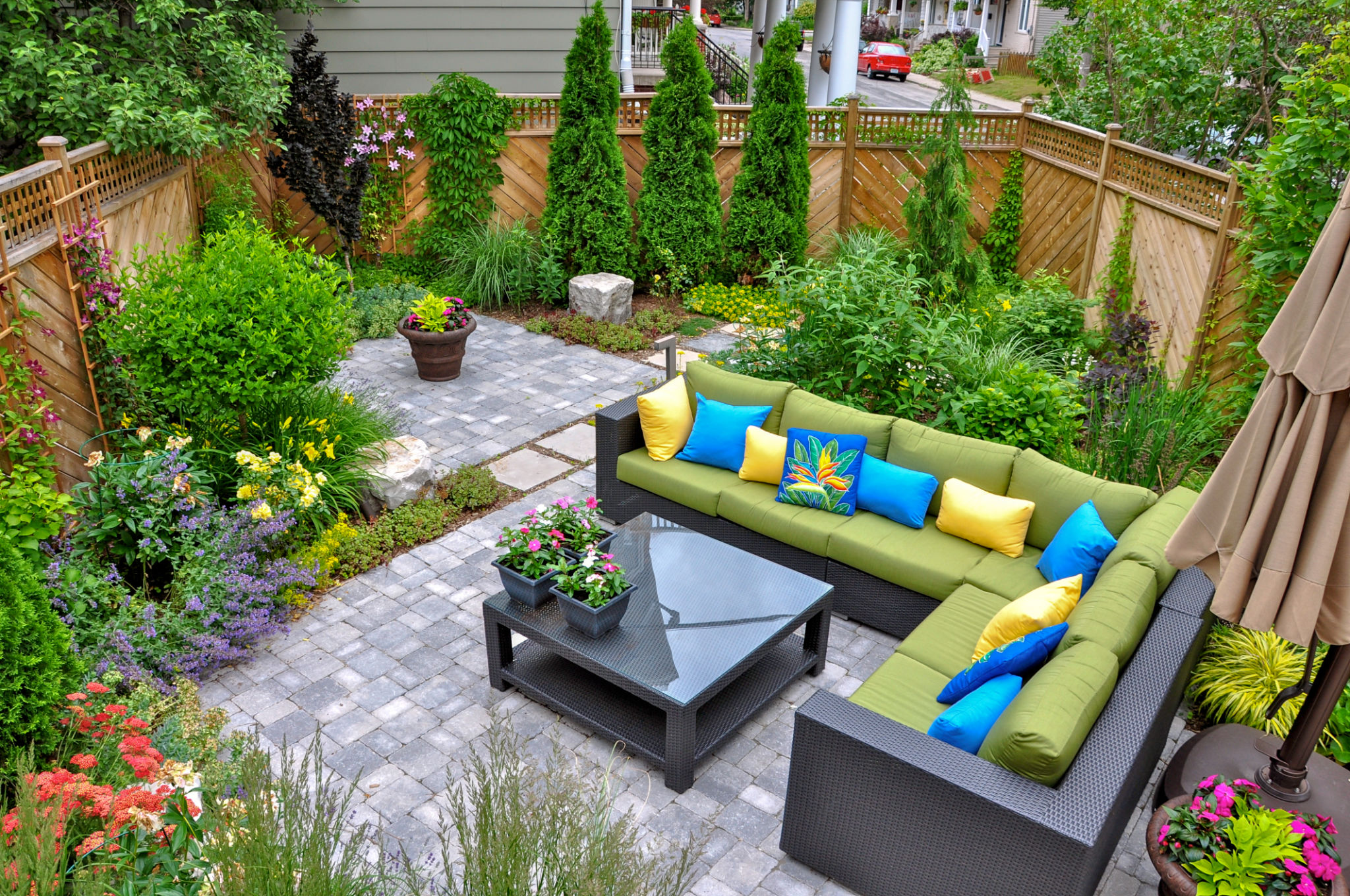Selecting Plants Suitable for Your Local Climate
Understanding Your Local Climate
Choosing the right plants for your garden starts with understanding your local climate. This involves knowing the average temperatures, rainfall, and seasonal changes. People should observe the patterns over a year to make informed decisions.
Local climate affects plant growth significantly. Some plants thrive in warm, dry conditions, while others prefer cooler, moist environments. By selecting plants suited to your area, you increase the chances of a successful garden.

Researching Plant Hardiness Zones
The USDA Plant Hardiness Zone Map is a useful tool for gardeners. It divides regions based on their average annual minimum winter temperature. This helps people identify which plants are likely to survive in their area.
Understanding your zone can guide you in selecting plants that will thrive. It helps avoid the disappointment of planting species that may not withstand local conditions.
Choosing Native Plants
Native plants are often the best choice for local gardens. They are adapted to the climate and soil conditions, making them easier to grow and maintain. People can save time and resources by choosing native species.
These plants also support local wildlife. They provide food and habitat for birds, insects, and other animals, contributing to a balanced ecosystem.

Considering Water Needs
Water availability is a critical factor in plant selection. People should consider how much water they can provide and choose plants accordingly. Drought-tolerant plants are ideal for areas with limited water resources.
By selecting plants with similar water needs, gardeners can create a more sustainable garden. This approach reduces the need for constant watering and helps conserve water.
Exploring Soil Conditions
Soil type and quality also influence plant selection. People should test their soil to understand its composition, pH, and drainage capabilities. This knowledge will guide them in choosing plants that will thrive in their garden.
Amending soil can improve its quality, but selecting plants suited to the existing conditions is often more practical. This ensures that plants have the best chance to grow strong and healthy.

Seasonal Considerations
Different plants have varying growth cycles. Some bloom in spring, while others thrive in summer or fall. People should plan their garden to have plants that provide interest throughout the year.
By understanding the seasonal needs of plants, gardeners can create a dynamic and colorful landscape. This approach ensures that there is always something blooming in the garden.
Consulting Local Experts
Local nurseries and garden centers are valuable resources. People can consult these experts to gain insights into which plants perform well in their area. These professionals can provide advice on plant care and maintenance.
Attending local gardening workshops or joining a gardening club can also enhance your knowledge. Sharing experiences with other gardeners can lead to discovering new plant varieties and techniques.

Trial and Observation
Gardening is a continuous learning process. People should not be afraid to experiment with different plants. Observing how plants respond to the local climate can provide valuable insights.
By keeping a gardening journal, gardeners can track successes and challenges. This helps refine plant choices over time and leads to a more successful and rewarding gardening experience.